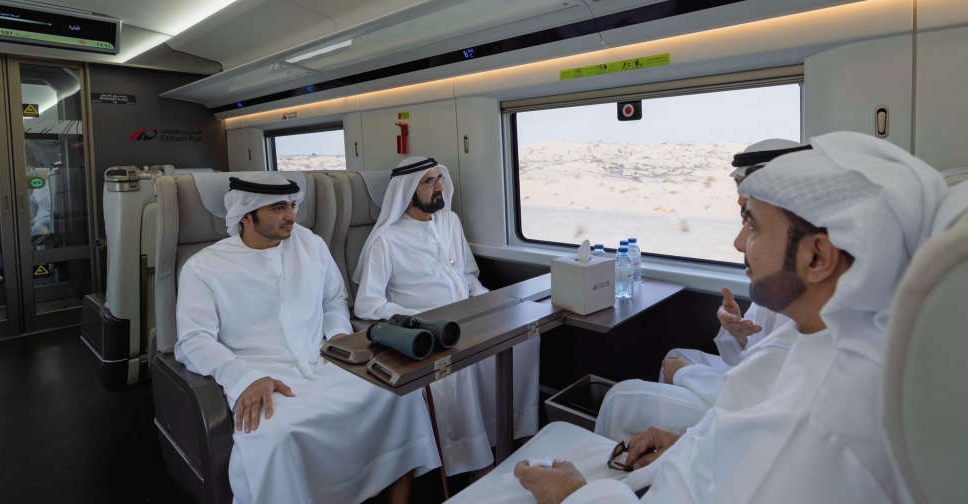
His Highness Sheikh Mohammed bin Rashid Al Maktoum, Vice President and Prime Minister of the UAE, and Ruler of Dubai, on Friday, took a test journey aboard the Etihad Rail passenger train, travelling from Dubai to Fujairah to inspect progress on the national rail network.
The Etihad Rail passenger service is slated to begin operations in 2026 and aims to connect 11 cities and regions across the UAE - from Al Sila in the west to Fujairah in the east. By 2030, it is expected to carry 36 million passengers annually.
On his official X account, Sheikh Mohammed wrote: “We have made the journey from Dubai to Fujairah...The train will connect 11 cities and regions across the UAE…with a speed of 200 km/h. It is expected to carry 36 million passengers annually by 2030.” He added his pride for “a nation that never stops working…adds a new brick to its future infrastructure every single day”.
خلال رحلة من دبي للفجيرة بقطار الاتحاد للركاب .. القطار سيربط بين 11 مدينة ومنطقة في الدولة من السلع للفجيرة .. بسرعة 200 كم/ساعة . وسيسهم بنقل 36 مليون مسافر بحلول 2030 .. وسيبدأ تشغيله العام القادم باذن الله .
— HH Sheikh Mohammed (@HHShkMohd) August 2, 2025
فخور بمشاريعنا الوطنية .. وفخور بفريق عمل قطارات الاتحاد الذي… pic.twitter.com/5U1DOmxBXS
Passenger trains will be capable of speeds up to 200 km/h, accommodating up to 400 passengers per trip, significantly reducing travel times - from Abu Dhabi to Dubai in approximately 57 minutes, and from Abu Dhabi to Fujairah in roughly 105 minutes.
The initial four passenger rail stations have been identified in Abu Dhabi, Dubai, Sharjah, and Fujairah. The Dubai station is expected near Jumeirah Golf Estates, and Fujairah’s in Sakamkam, while Sharjah’s will be close to its airport and University City.
This phase forms part of the broader AED50 billion National Railways Programme, projected to deliver Dh200 billion in economic benefits over the next 50 years, including savings from improved logistics, accident reduction, urban planning enhancements, and tourism growth.
The network is also expected to cut annual transport emissions by 21 per cent by 2050, equivalent to removing over 8 million tonnes of CO₂ per year.


 Abu Dhabi industrial facility suspended over air quality violations
Abu Dhabi industrial facility suspended over air quality violations
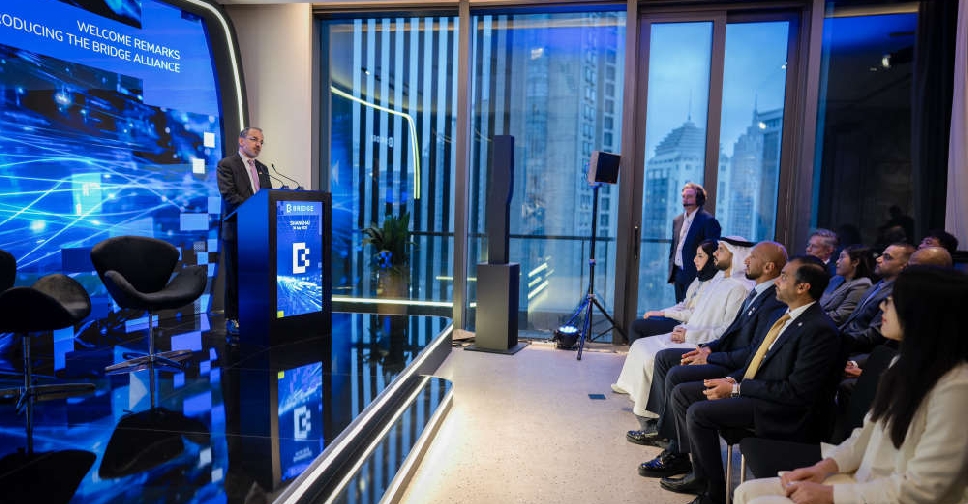 BRIDGE Roadshow lands in Shanghai as UAE leads global media dialogue
BRIDGE Roadshow lands in Shanghai as UAE leads global media dialogue
 UAE welcomes intent of 10 nations to recognise State of Palestine
UAE welcomes intent of 10 nations to recognise State of Palestine
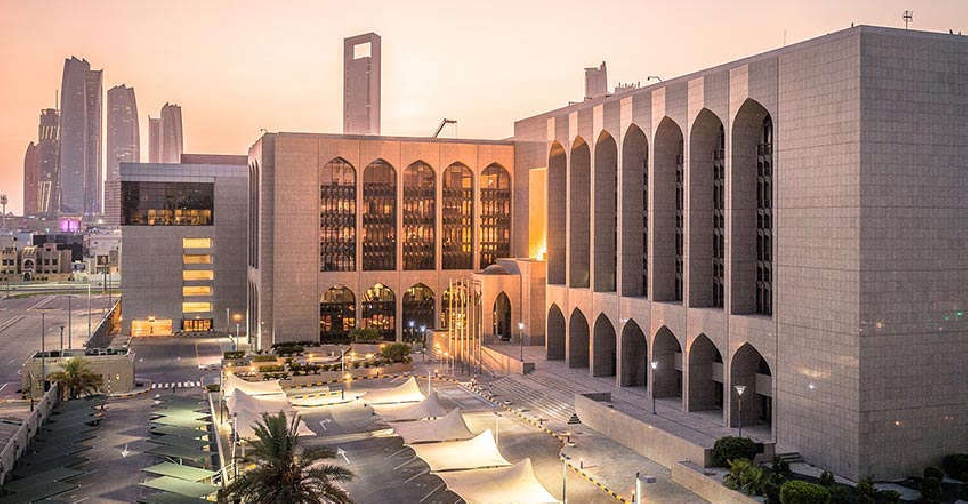 UAE Central Bank fines exchange house AED10.7 million
UAE Central Bank fines exchange house AED10.7 million
 H.H. Sheikh Hamdan praises UAE National Service recruits' military skills
H.H. Sheikh Hamdan praises UAE National Service recruits' military skills
 UAE continues Gaza aid airdrops for fifth consecutive day
UAE continues Gaza aid airdrops for fifth consecutive day
 Over 900 students graduate from Dubai Police's summer programme
Over 900 students graduate from Dubai Police's summer programme
 UAE President receives H.H. Sheikh Hamdan bin Mohammed
UAE President receives H.H. Sheikh Hamdan bin Mohammed
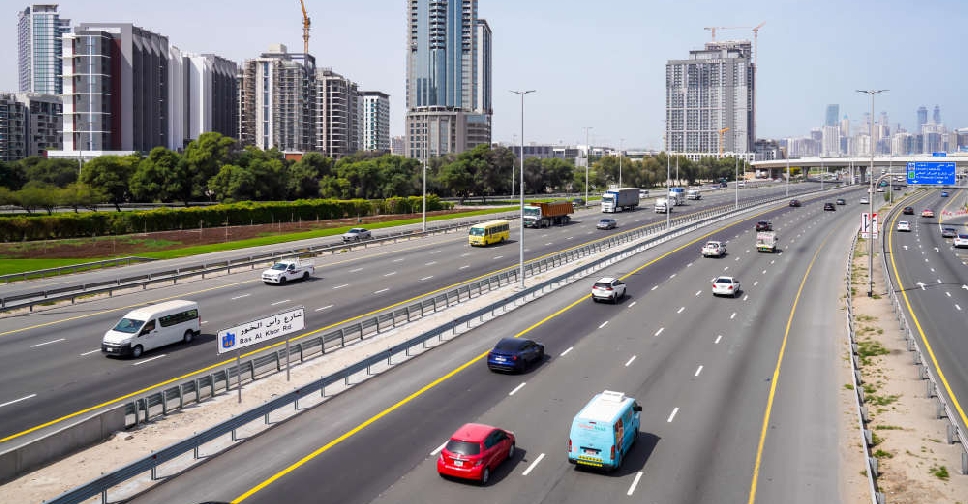 New exit eases traffic congestion around Dubai’s Ras Al Khor
New exit eases traffic congestion around Dubai’s Ras Al Khor
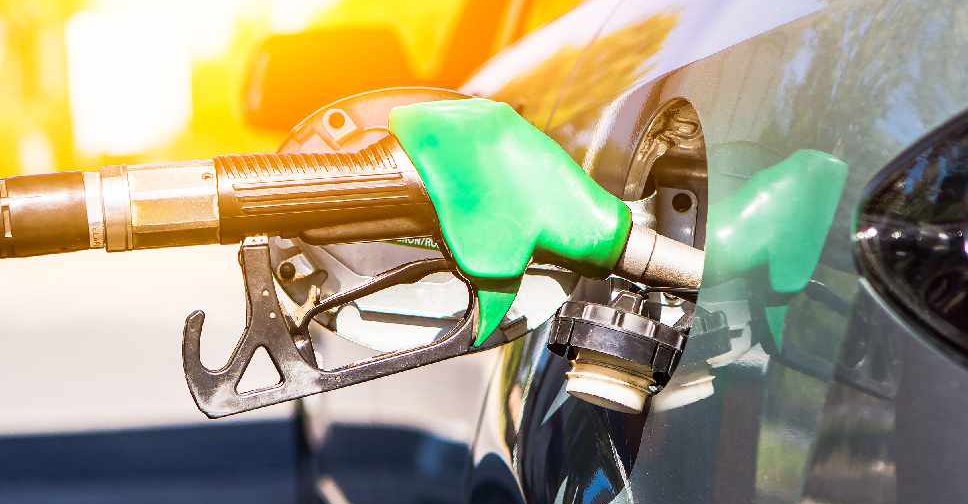 UAE fuel prices announced for August
UAE fuel prices announced for August
 Parkin to manage mosque parking spaces in Dubai
Parkin to manage mosque parking spaces in Dubai
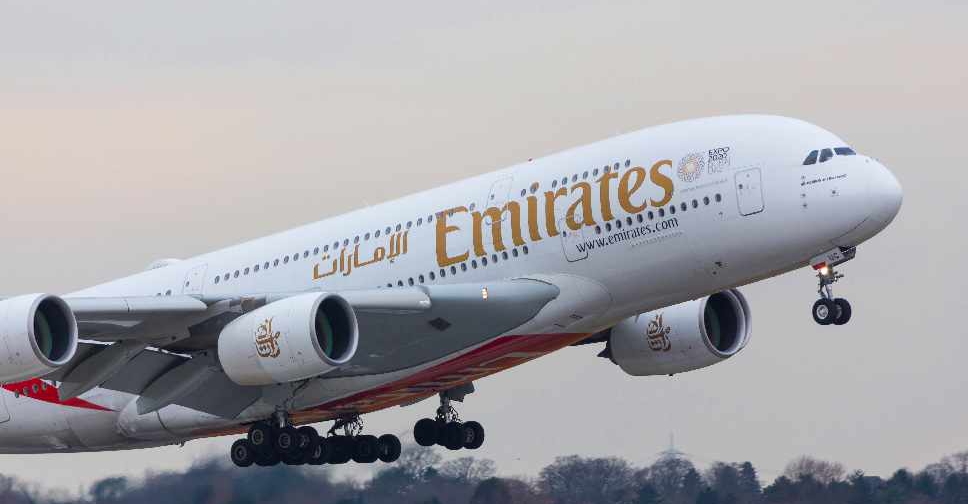 Emirates suspends social media advertisements amid scam surge
Emirates suspends social media advertisements amid scam surge
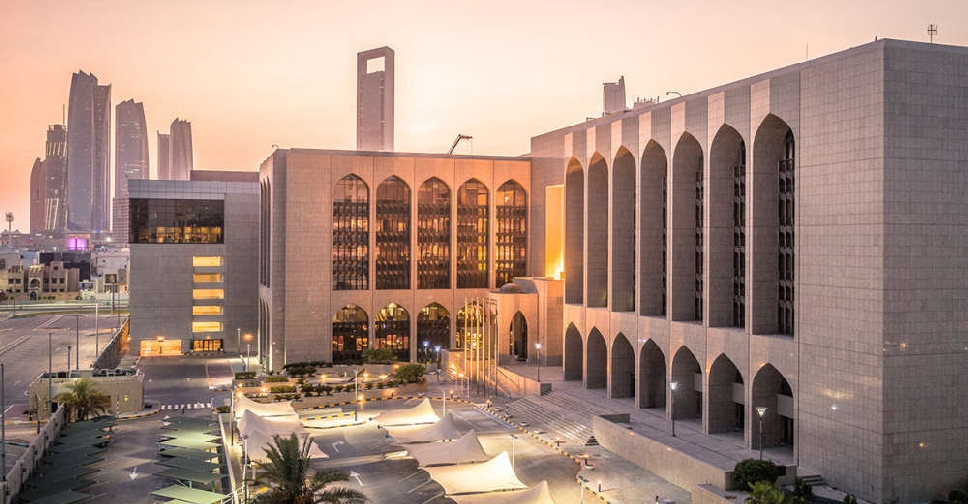 UAE Central Bank revokes licence of Gomti Exchange
UAE Central Bank revokes licence of Gomti Exchange
 UAE launches 'advertiser permit' to regulate social media promotions
UAE launches 'advertiser permit' to regulate social media promotions
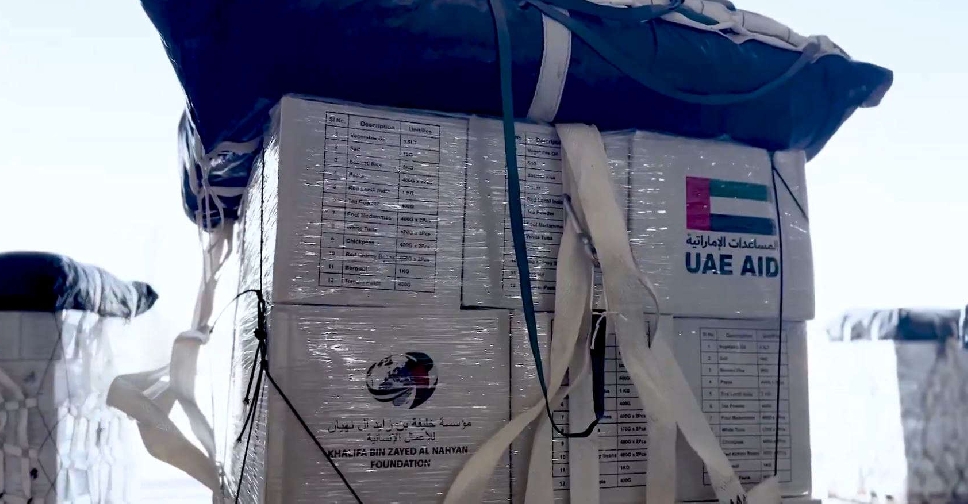 UAE expands Gaza relief efforts with land, air deliveries
UAE expands Gaza relief efforts with land, air deliveries
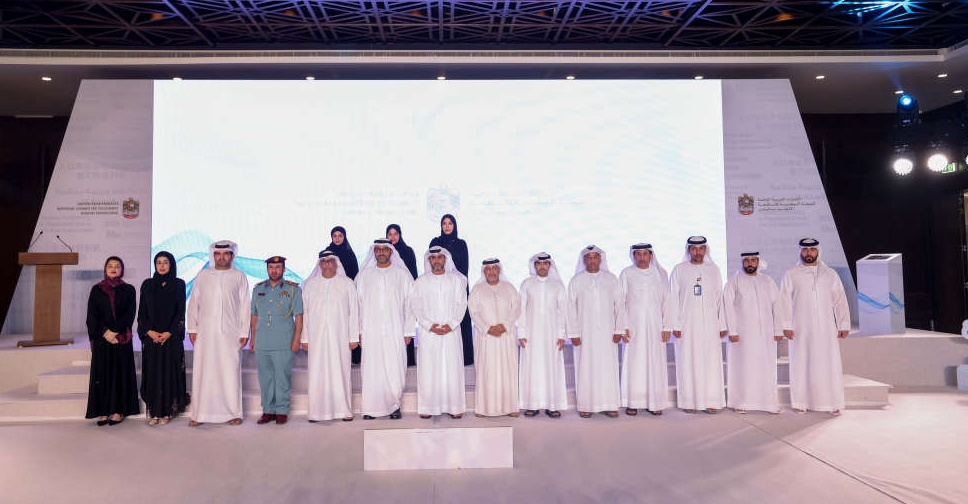 UAE launches smart system to combat human trafficking
UAE launches smart system to combat human trafficking
 UAE, India reinforce robust strategic partnership
UAE, India reinforce robust strategic partnership
 Dubai steps up food safety with over 34,000 inspections
Dubai steps up food safety with over 34,000 inspections
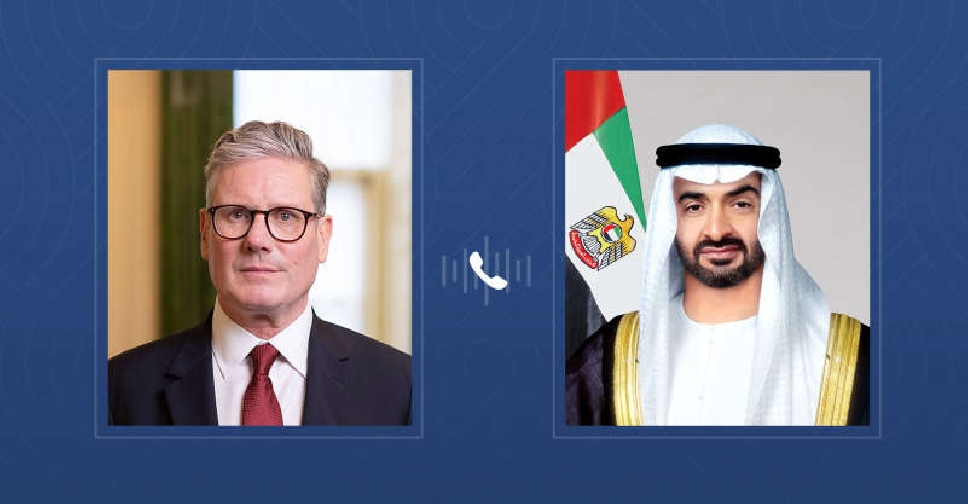 UAE President welcomes UK PM's intention to recognise Palestinian state
UAE President welcomes UK PM's intention to recognise Palestinian state
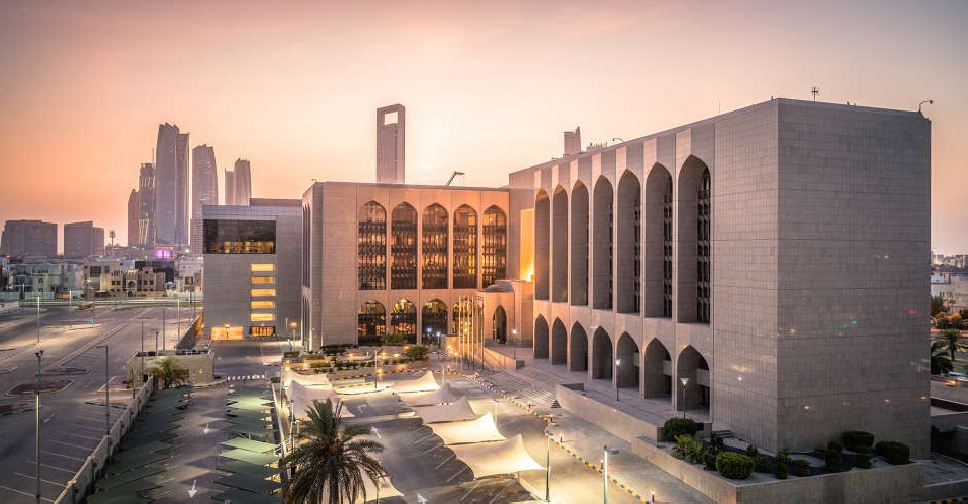 UAE Central Bank shuts down exchange house over compliance violations
UAE Central Bank shuts down exchange house over compliance violations
